I’ve been enjoying the latest Walking Dead spin-off, Daryl Dixon. While Dead City left me cold, Daryl Dixon places a favorite character—with his growth from the flagship show intact—in an entirely unfamiliar country, allowing for an evolved Daryl (Norman Reedus) to bump up against the post-apocalypse in new, interesting ways.
However, the plot engine of the show seems very familiar, especially if you’ve played certain post-apocalyptic video games or have watched a certain post-apocalyptic show on HBO.
**Spoilers for Daryl Dixon and The Last of Us**
Daryl Dixon‘s Messiah Kid
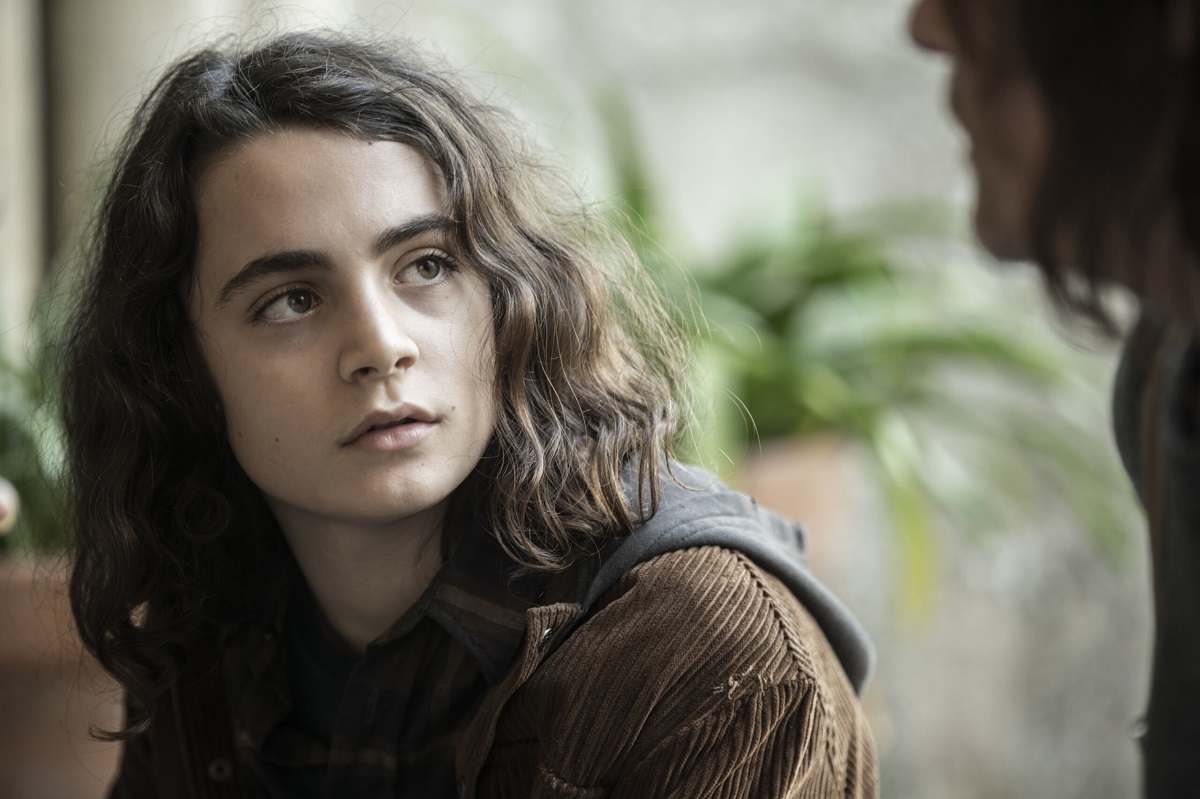
In Daryl Dixon, Daryl has washed up on shore in France and is trying to make his way back home to the United States. He ends up injured and is taken in by a nun named Isabelle (Clémence Poésy), who nurses him back to health in the convent where she lives with other nuns and a lone tween boy named Laurent (Louis Puech Scigliuzzi).
Laurent is a “special kid.” We know this because he’s introspective, smart, and can solve Rubik’s Cubes in record time. Isabelle and the rest of the religious group she works with, the Union de L’Espoir (Union of Hope), believe that Laurent is the Messiah who will revive humanity after the apocalypse. Why? Because Laurent was born to a woman who’d been turned into a walker. That woman happens to be Isabelle’s sister, making Laurent her nephew. Not that Isabelle has told him that she’s his family. Because plot.
Daryl is roped into transporting Laurent from the convent to the Union base in Paris. He does so very reluctantly and slowly builds relationships he never intended to build.
Savior kid born to a zombie woman needs to be transported to a special group by a gruff, reluctant father figure. Sound familiar?
The Last of Us‘ Savior Kid
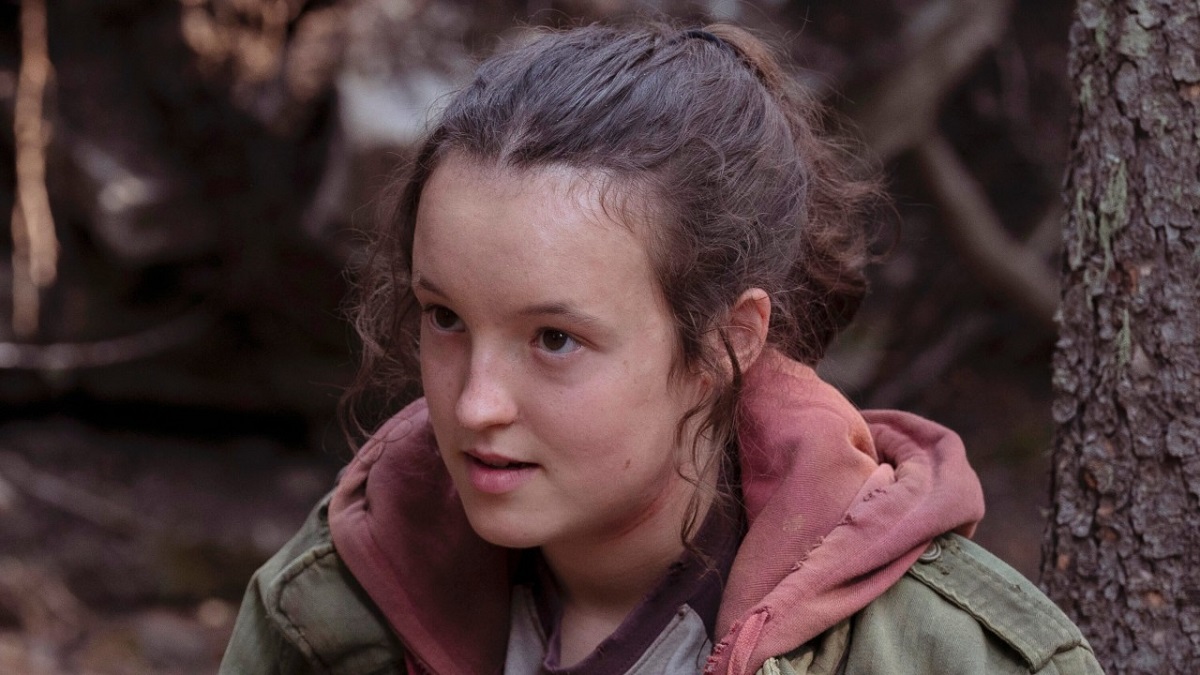
In The Last of Us and The Last of Us Part II, we learn that 14-year-old Ellie, whom we meet in the first game, has been bitten by an infected but was immune to the bite and never turned. A group called The Fireflies, which is working toward finding a cure for the cordyceps infection that’s ravaged humanity, believes that this makes her the key to finding a cure.
Enter Joel Miller, a smuggler who lost his only child at the beginning of the outbreak, turning him into a numb loner. Circumstance forces him to reluctantly escort Ellie across the country from Boston to the Firefly outpost in Salt Lake City, and he and Ellie form a strong father-daughter bond along the way.
Already, you can see the inspiration Daryl Dixon may have taken from the Last of Us games. But HBO’s adaptation of The Last of Us gives us details about Ellie’s (Bella Ramsey) birth that the games merely hint at. On the show, we learn that Ellie’s mother Anna (Ashley Johnson, who was also the voice of Ellie in the games) was pregnant with Ellie when she was bitten by an infected. Anna gives birth in an abandoned house and tells her friend Marlene (Merle Dandridge, reprising her role from the game) about the bite, ordering Marlene to shoot her and care for Ellie. Marlene—a leader in The Fireflies—does so reluctantly. However, as Ellie grows up and remains uninfected, Marlene becomes convinced that she is humanity’s only chance at a cure.
Ellie, like Laurent, is a “miracle baby,” born to an infected person and subsequently charged with being humanity’s Only Hope.
And this makes no sense.
Post-apocalypse characters always forget how viruses work
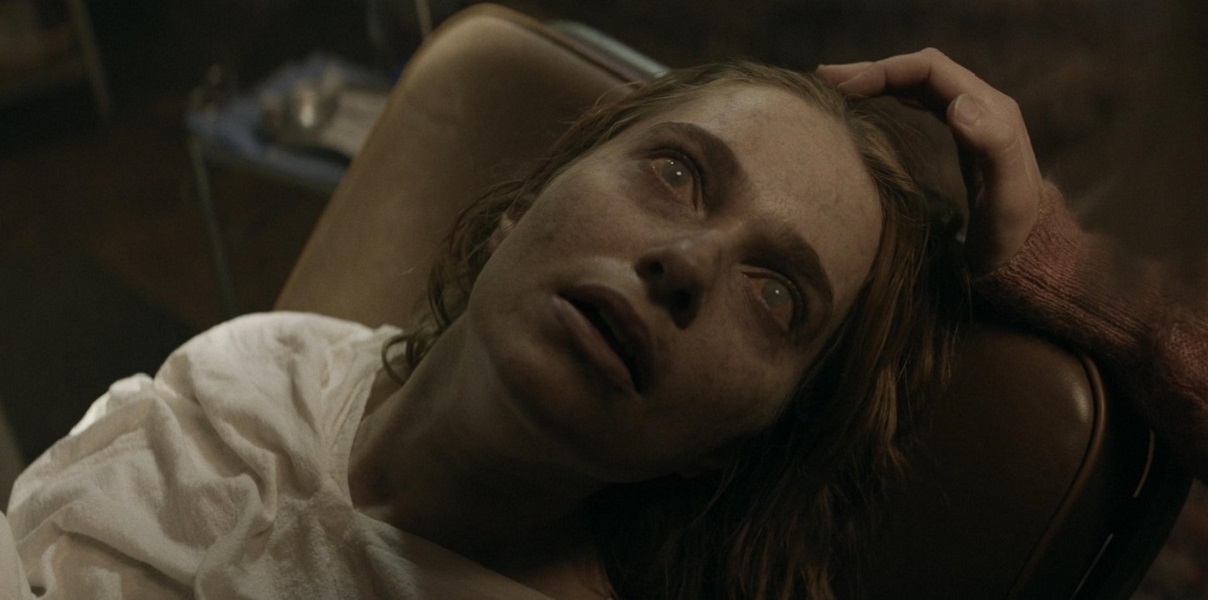
The main difference between Laurent and Ellie is that Laurent’s “saviorhood” is religious in nature. He’s literally referred to as a Messiah, and his gifts aren’t physical but spiritual. His being born to a walker might have marked him as special, but his role as the “Messiah” stems from his innate (supernatural?) ability to … bring people peace? Or something? Meanwhile, Ellie’s “saviorhood” is more scientific in nature and directly connected to the fact that she is seemingly the only person who is immune to the cordyceps infection.
However, in both cases, it’s as if the adults around them forgot how viruses, fungal infections, or science work, instead pinning far-fetched hopes for humanity on literal children because they themselves feel helpless.
In the real world, we don’t need a zombie apocalypse to know that just because a mother is infected with a virus, it doesn’t mean that a baby will be infected, too. For example, if a mother has HIV but is receiving “HIV treatment and [has] an undetectable viral load, [their] risk of passing HIV to [their] baby is less than 1%,” according to WomensHealth.gov. It certainly isn’t considered a “miracle” or an anomaly if the child is born HIV-free.
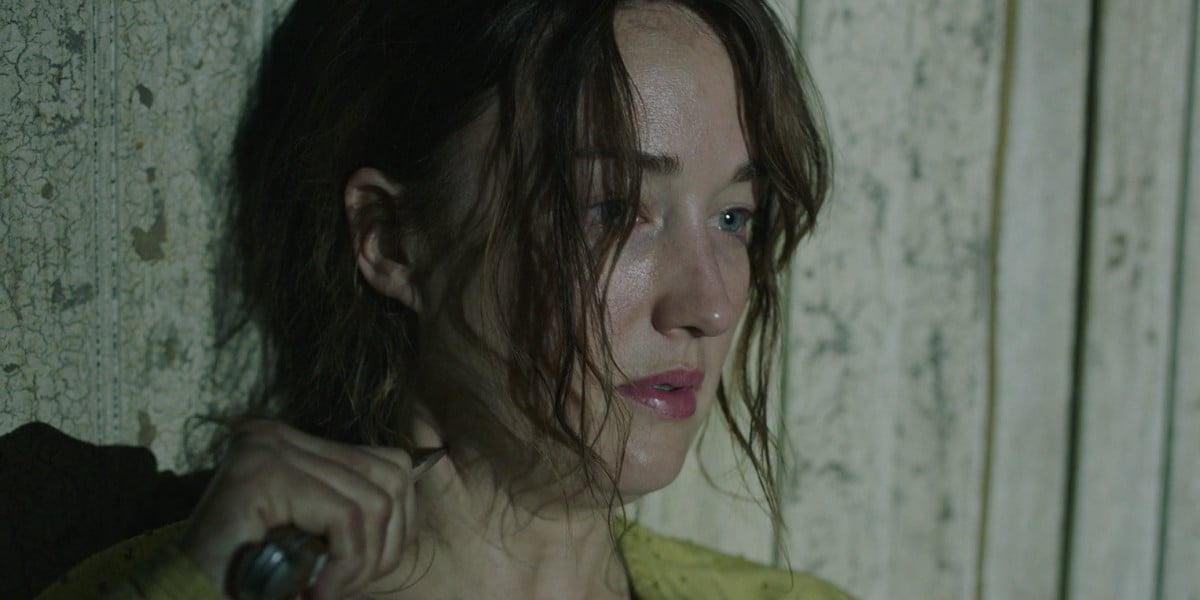
Likewise, a parent having an addiction or a fungal infection doesn’t mean they will automatically pass those conditions on to their children either. While there’s always a chance that a condition could be passed from mother to child, there is also a chance that it won’t. Either way, it doesn’t make sense for children born to infected women to be crowned “saviors” just because they dodged a genetic bullet.
In Ellie’s case, it makes sense that someone would want to study her immunity, but to assume that she’s the only one who’s immune in a world where people are disconnected from each other? And to assume that the only way to a cure is to kill her and remove part of her brain? While I’m willing to suspend my disbelief in the name of good storytelling, I’m certainly not the only person to question how sound the Fireflies’ plan for a cure is or isn’t.
Both shows forego scientific accuracy in the name of heightened drama. But why is putting Laurent and Ellie in these positions inherently considered the “most dramatic choice?” What purpose does it serve?
These shows reflect how adults pass the buck on global problems IRL
The world has experienced its share of pandemics, systemic injustice, and global calamity. Here in the U.S., we’re still dealing with a global pandemic as we also wrestle with the increasing effects of climate change, systemic racism, ableism, and the epidemic of gun violence. And yet, rather than adult legislators and elected officials taking decisive action to work toward ending or alleviating these problems, they hedge their bets because of politics, money, or power.
This forces children into activism, fighting for the things that the adults around them seem to be having trouble protecting them from. Individuals like Malala Yousafzai, Amariyanna “Mari” Copeny, and Greta Thunberg have to spend their childhoods fighting for girls’ access to education, clean water in primarily Black cities, and solutions to our current climate crisis, respectively.
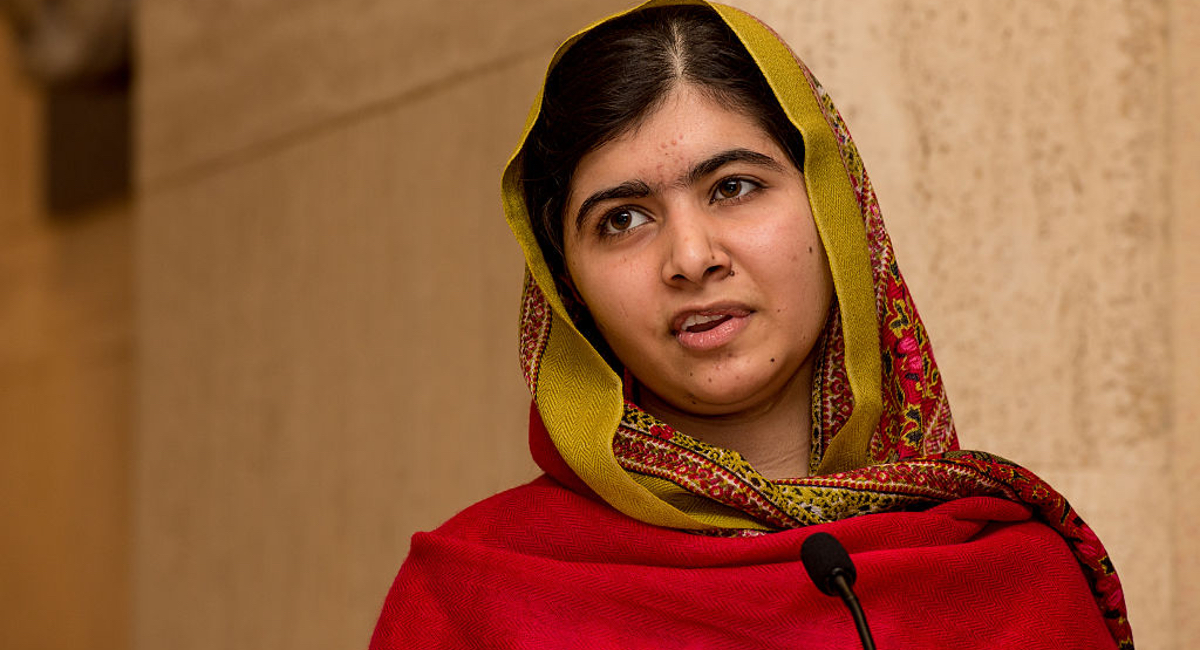
Groups like March for Our Lives, which fights for increased gun control, or the Sunrise Movement, devoted to fighting for climate change solutions, are both youth-founded/led organizations doing serious organizing around fighting our country’s, and our world’s, biggest problems.
Adults are totally happy to pat these young people on the back and call them our “hope for the future,” all while they sit back and do the bare minimum to support them. That’s if they do anything to support them at all. These people who might not even be old enough to vote in our elections are actively, vocally fighting for their futures as the adults around them become complacent, passing the buck onto the next generation.
Shows like Daryl Dixon and The Last of Us make children saviors because they are reflections of how the real world handles its problems. When adults feel helpless, they create a narrative where, to quote Taylor Swift, “Only the young can run.” Adults pretend that things like “protest” and “activism” are a young person’s game. These adults, who might still have a good half a century left on the planet, have already given up and look to young people to fight for a world that they’re not only still living on but will be living on for a good long while.
Young people have been forced to further this narrative, saying that people over a certain age shouldn’t even run for office because all they see and know are ineffectual adults who can’t be bothered to do their jobs when elected to office. It isn’t “ageism” if it’s f*cking true.
Neither fictional nor real-world children and young people should be put in the sole position of “saving humanity” when there are still plenty of capable adults around who should be working alongside them to solve problems. We adults need to stop pretending we can decide to opt out of our collective responsibility to our world and each other at a certain age. It’s our job to protect, nurture, and empower young people, not the other way around.
(featured image: AMC / HBO)



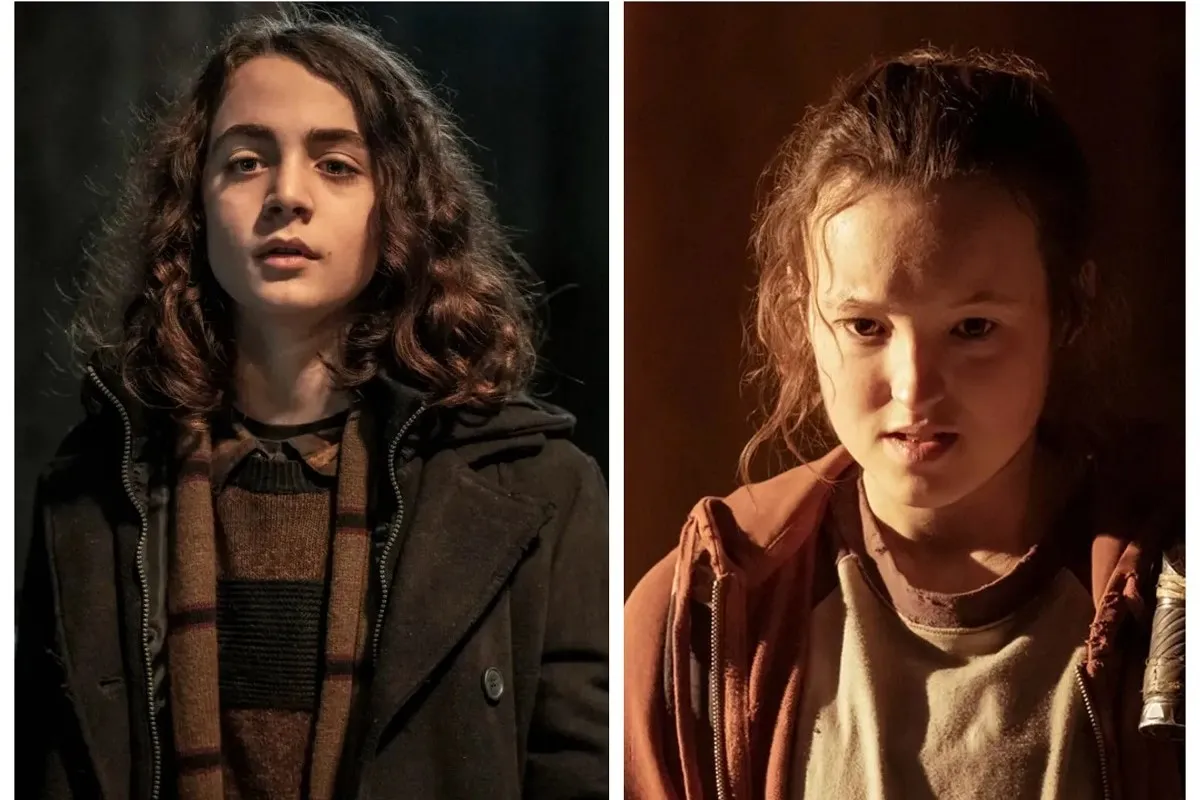





Published: Oct 4, 2023 08:16 am